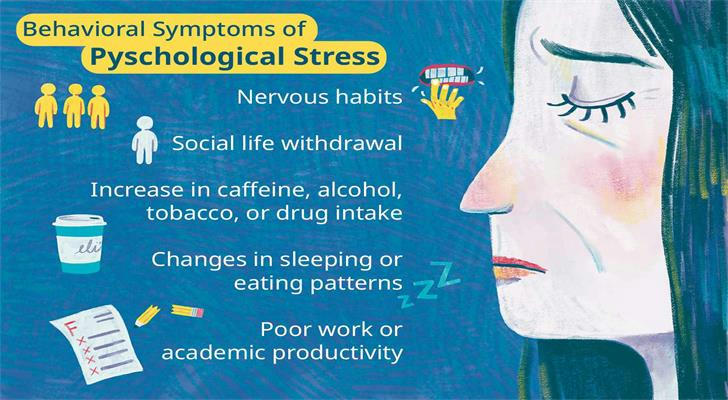Listen carefully: Why mental health needs attention all year round, not just one month
Every May, Mental Health Awareness Month attracts great attention from the public to mental health issues. However, mental health is not a topic that is only discussed at a specific time. Problems such as anxiety, depression, and post-traumatic stress disorder (PTSD) are ubiquitous, affecting people of different ages, genders, and cultural backgrounds. From personal emotions to family relationships, from workplace efficiency to social harmony, mental health runs through everyone's daily life.

Ⅰ. The nature of mental health and common misunderstandings
Mental health is not just "the absence of mental illness", it is also an ability to maintain emotional stability, cope with stress, maintain interpersonal relationships, and feel happiness. However, there are still some misunderstandings in reality, such as "mental problems are a sign of weakness" or "only serious symptoms need attention". These prejudices not only hinder people from facing their own problems, but also delay the opportunity for early intervention.
Ⅱ. Case analysis: A mother's awakening journey
Mary is a working woman in her thirties and a mother of two children. She was busy with her high-intensity work and family care, and was used to suppressing her emotions. Until one day, she suffered from frequent insomnia, depression and lack of energy, which even affected her family.
The child's unintentional question "Why are you always angry?" made her start to face her own state. An online psychological assessment made her realize that she might be in a state of moderate depression. Instead of taking medication or long-term treatment, she started by changing her daily habits: gradually improving her mood through regular work and rest, proper exercise, breathing exercises and reducing social anxiety. In the end, she restored the rhythm of life and also led the whole family to establish a healthier way of communication.
Ⅲ. Different groups of people have different manifestations of psychological stress

Mental health is significantly affected by gender, age and cultural background:
Gender differences: Women are more likely to express emotions and have a relatively high incidence of anxiety; men are more likely to suppress emotions and are unwilling to seek help.
Age factors: Children may "warn" through behavioral problems, adolescents show emotional fluctuations or isolation, and middle-aged and elderly people often ignore internal stress and mistake it for physical discomfort.
Cultural influence: The labeling of psychological problems in some cultures may lead family members to classify emotional distress as "private problems" instead of seeking professional support.
Understanding these differences can help identify psychological distress more accurately and provide appropriate support.
Ⅳ. Practical strategies for maintaining mental health in daily life
The following practices can help build mental resilience in daily life:
Regular work and rest and diet: Ensure adequate sleep and avoid overeating.
Active emotional expression: You can release emotions through writing diaries, chatting, drawing, etc.
Information management: Limit the time of negative information intake and use social media reasonably.
Establish personal boundaries: Say "no" appropriately and leave space for emotional recovery.
Practice relaxation techniques: Such as mindfulness meditation, deep breathing, progressive muscle relaxation, etc., to help balance the body and mind.
Ⅴ. Workplace and social support: System power is indispensable
In the United States, the workplace is one of the places where adults spend the most time, so the impact of the work environment on mental health is particularly significant. Long hours of overtime, interpersonal conflicts, performance pressure, etc. often make people physically and mentally exhausted. More and more companies are beginning to pay attention to employee well-being, providing benefits such as mental health days, flexible working hours, and employee assistance programs (EAP) to help employees manage stress and emotions. As individuals, we should also use these resources bravely instead of worrying about being seen as "not strong enough."

Ⅵ. Conclusion
Mental health is not just an issue in May, but a core health indicator that should be paid attention to by all ages and all people throughout the year. It not only affects individual emotions, but also family relationships and social interactions. When people are willing to face their own feelings, understand the situation of others, and continue to practice healthy strategies, they can maintain inner balance and clarity in a fast-paced, high-pressure environment. Mental health deserves every daily concern.
